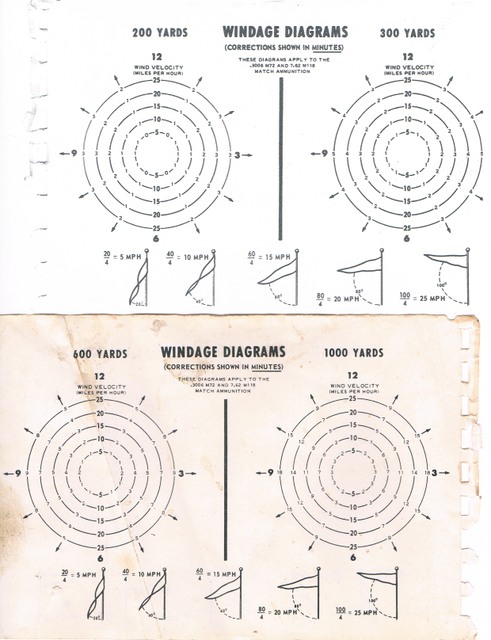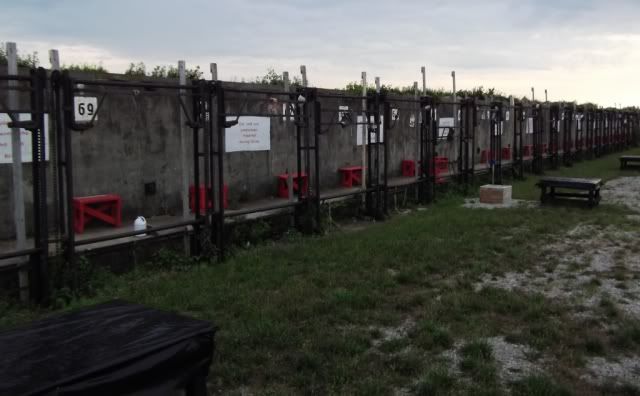http://www.ehow.com/how_8684675_determine-wind-speed-dropping-sand.html
Any credibility to this formula?
miles per hr (mi/hr):
90 degrees = 0 mi/hr
85 degrees = 6 mi/hr
80 degrees = 8 mi/hr
75 degrees = 10 mi/hr
70 degrees = 12 mi/hr
65 degrees = 13 mi/hr
60 degrees = 15 mi/hr
55 degrees = 17 mi/hr
50 degrees = 18 mi/hr
45 degrees = 20 mi/hr
40 degrees = 21 mi/hr
35 degrees = 23 mi/hr
30 degrees = 26 mi/hr
Any credibility to this formula?
miles per hr (mi/hr):
90 degrees = 0 mi/hr
85 degrees = 6 mi/hr
80 degrees = 8 mi/hr
75 degrees = 10 mi/hr
70 degrees = 12 mi/hr
65 degrees = 13 mi/hr
60 degrees = 15 mi/hr
55 degrees = 17 mi/hr
50 degrees = 18 mi/hr
45 degrees = 20 mi/hr
40 degrees = 21 mi/hr
35 degrees = 23 mi/hr
30 degrees = 26 mi/hr


